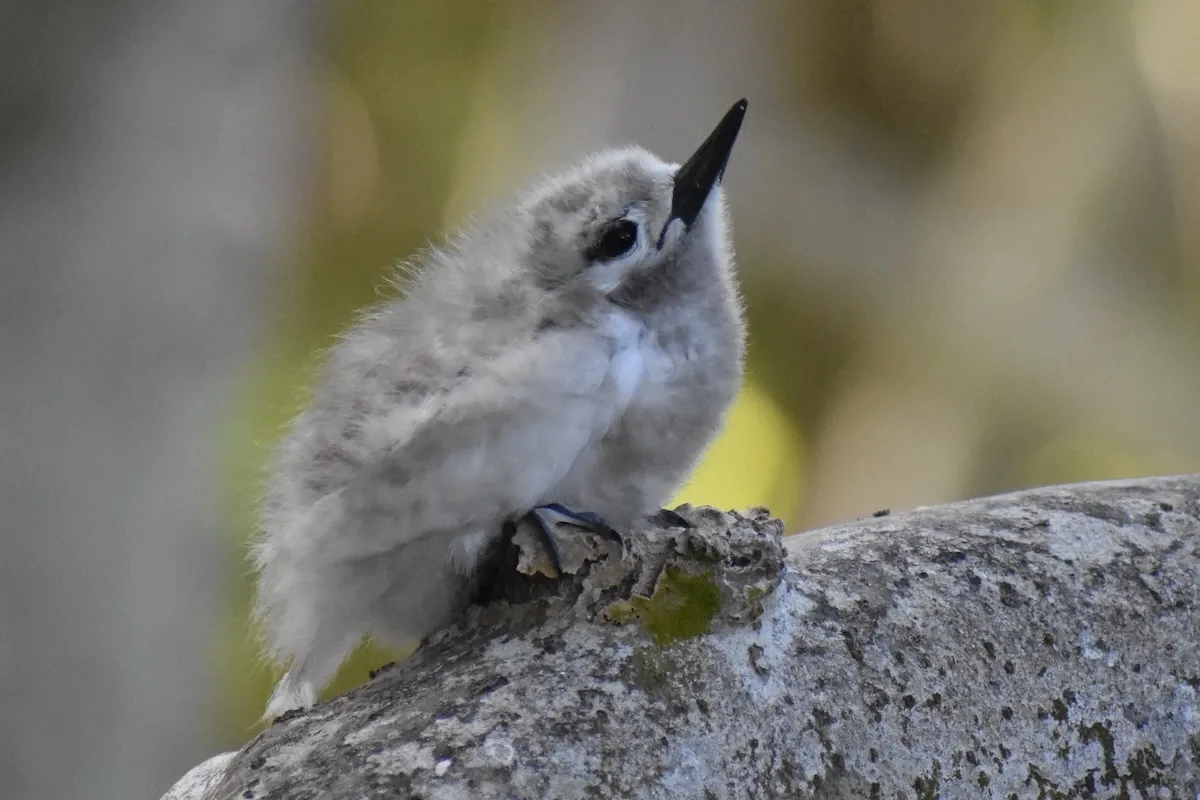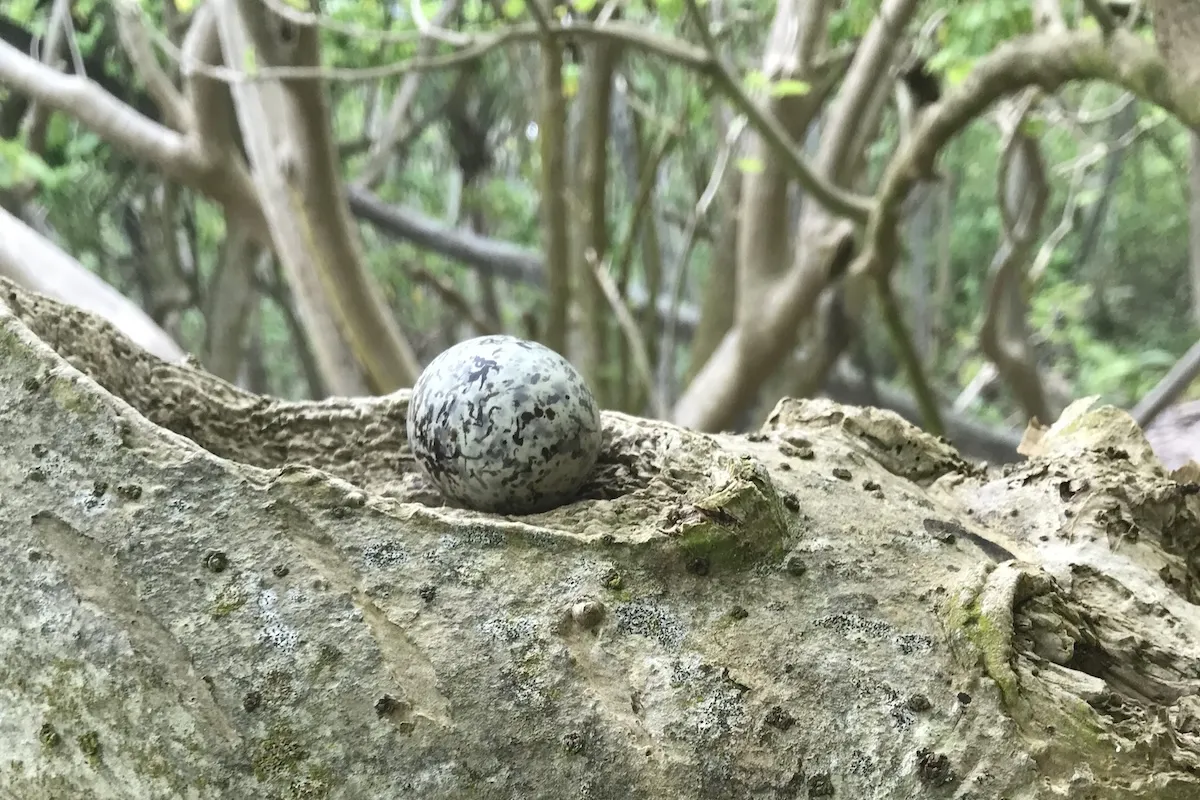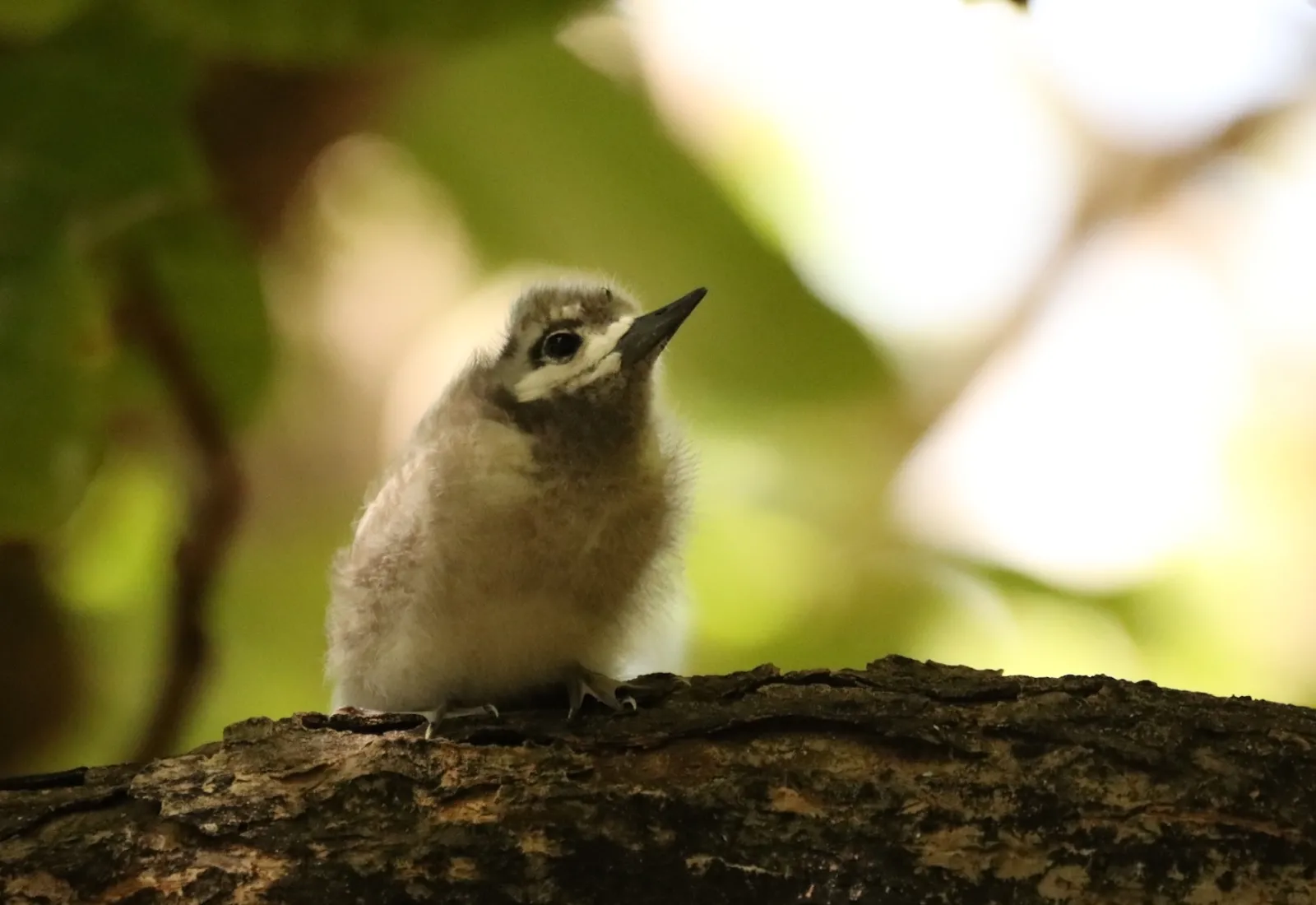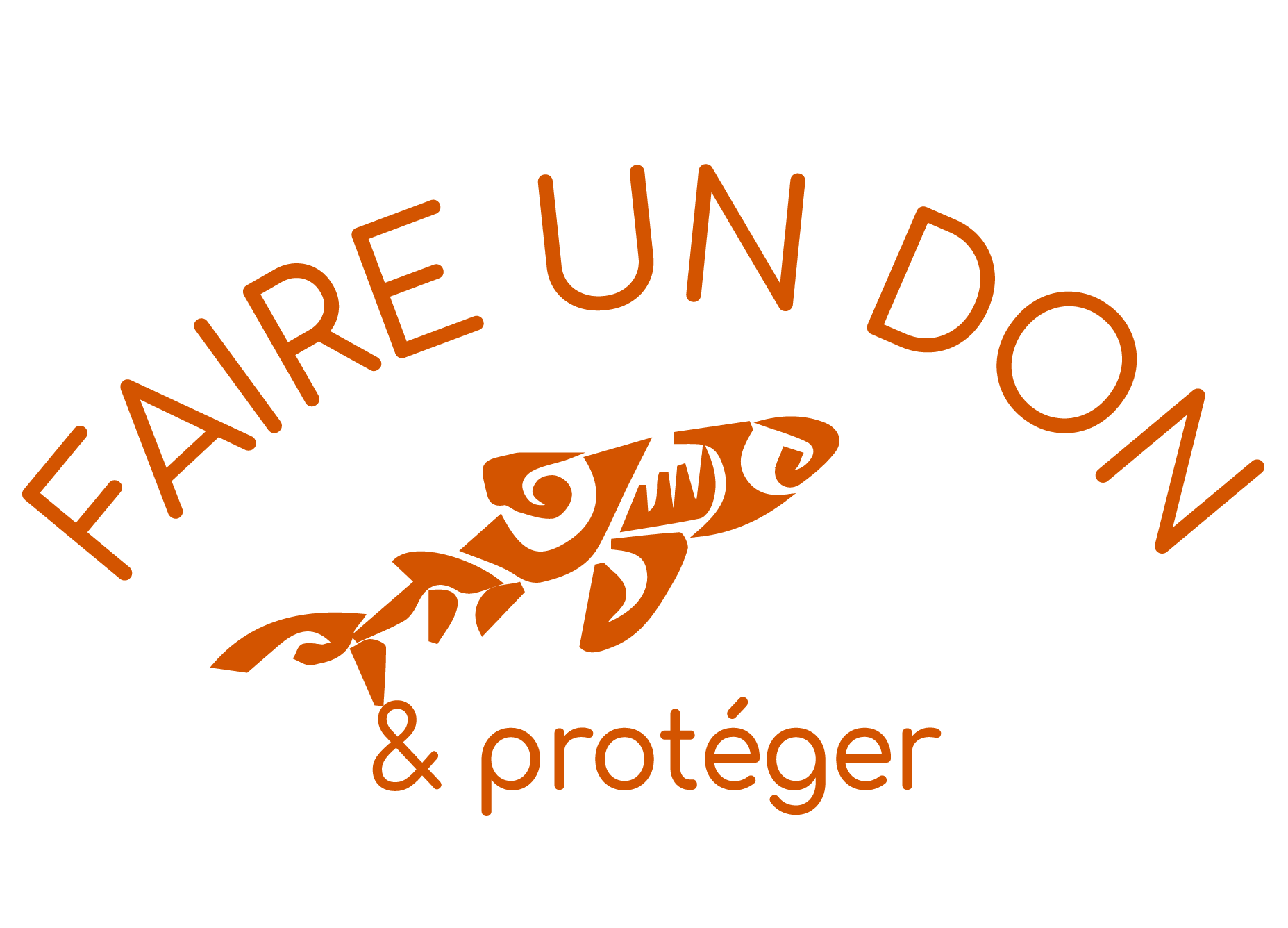
En utilisant les données recueillies le long de 52 km de transects intérieurs et 35 km de transects côtiers, cette étude a été réalisée à la fois à l’échelle macroscopique (importance du type de forêt, distance à la côte, ou historique d’invasion par les rats/fourmis) et à l’échelle microscopique (importance des espèces d’arbres, hauteur, longueur et orientation des branches).

Les données provenant de 460 nids ont révélé que les éléments à la fois macroscopiques et microscopiques sont importants pour la sélection des sites de nidification de cette espèce, et que ces éléments peuvent avoir des conséquences sur le succès de la nidification. Par exemple, l’épaisseur, la pente, la courbure et l’angle des branches par rapport au vent dominant influencent la probabilité qu’un œuf survive jusqu’à l’éclosion.



